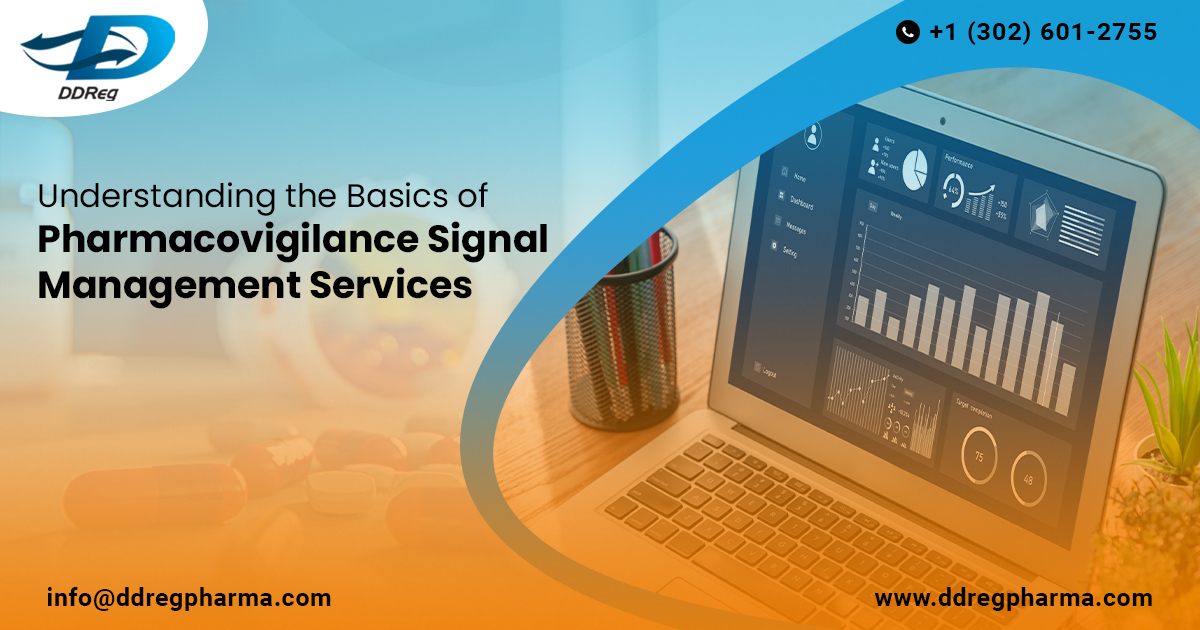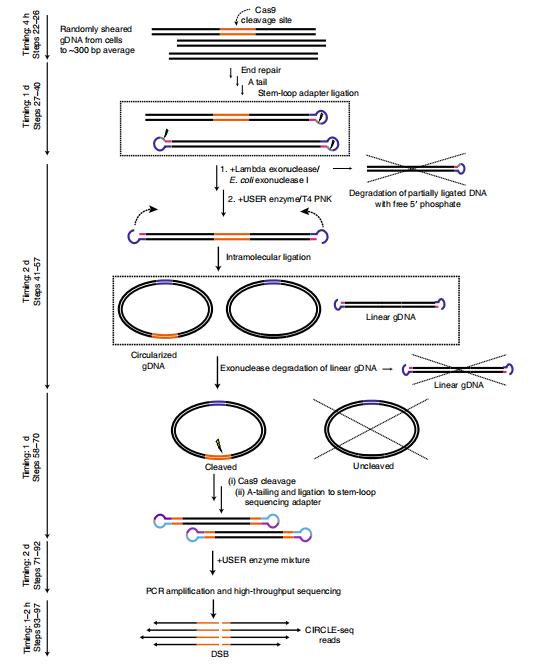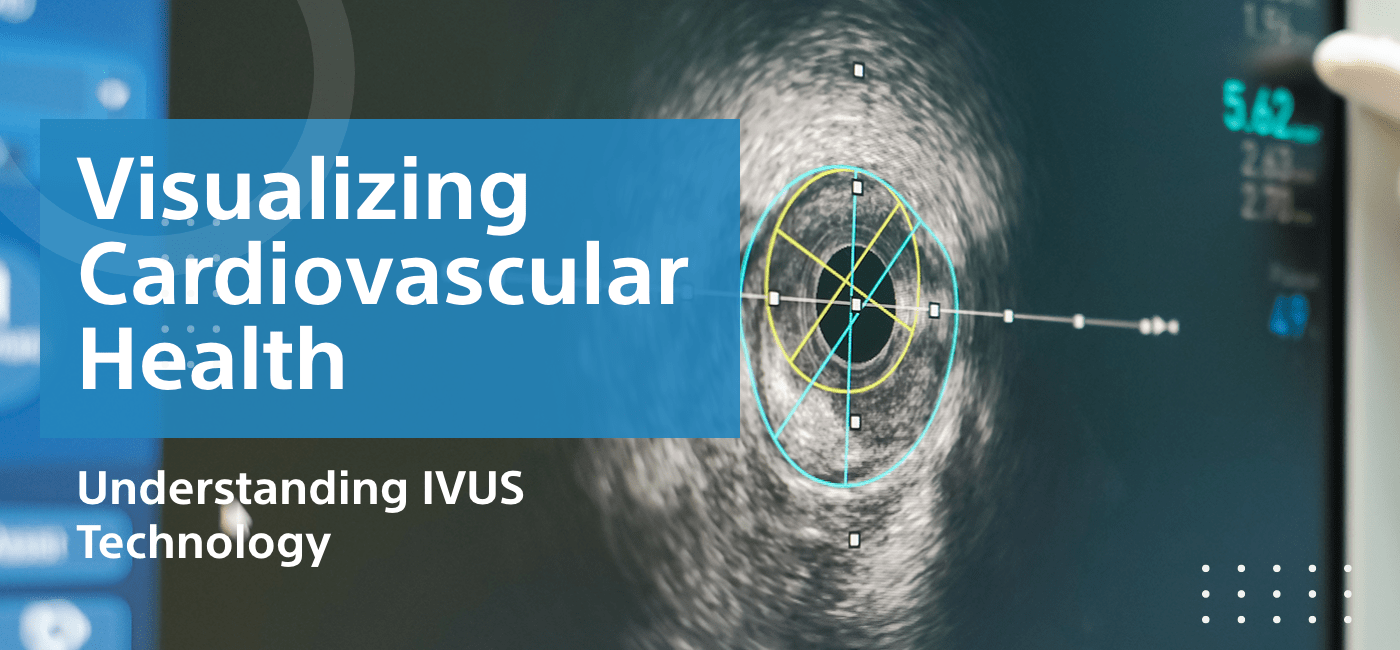Pharmacovigilance is an essential component of the healthcare industry, ensuring the safety and efficacy of pharmaceutical products. One critical aspect of pharmacovigilance is signal management, a process designed to identify, evaluate, and act upon signals related to the safety of medicines. In this blog, we will delve into the basics of pharmacovigilance signal management services, exploring their importance, processes, and benefits.
What is Pharmacovigilance?
Pharmacovigilance is the science and activities related to the detection, assessment, understanding, and prevention of adverse effects or any other drug-related problems. It aims to improve patient safety and ensure that the benefits of medications outweigh their risks.
Importance of Signal Management in Pharmacovigilance
Signal management is a key component of pharmacovigilance, focusing on the detection of signals, which are information that arises from one or multiple sources, including regulatory clinical trials and post-marketing surveillance, suggesting a new potentially causal association or a new aspect of a known association between a drug and an event.
Signal management is vital because:
Patient Safety: It helps in the early detection of adverse drug reactions (ADRs), ensuring timely action to protect patients.
Regulatory Compliance: Regulatory agencies require pharmaceutical companies to have robust signal management systems in place.
PV Risk Management: Effective signal management aids in the identification of potential risks, enabling better risk mitigation strategies.
Improving Drug Safety Profiles: Continuous monitoring and evaluation of drug safety help in refining and improving the safety profiles of medications.
Key Processes in Signal Management
Signal management involves several critical steps, including signal detection, validation, prioritization, evaluation, and recommendation for action. Let’s break down these processes:
PV Signal Detection:
Data Sources: Signals can be detected from various sources such as spontaneous reports, clinical trials, literature, patient registries, and observational studies.
Data sources include spontaneous adverse event reports, clinical trial data, and scientific literature. Statistical analysis and expert review play a crucial role in identifying potential signals.
Methods: Various statistical methods and algorithms, such as disproportionality analysis, Bayesian data mining, and machine learning techniques, are employed to detect signals.
Signal Validation:
Initial Assessment: The detected signals undergo an initial assessment to determine their validity. This involves checking for duplicates, ensuring data quality, and assessing the strength of the association.
Factors like the severity of the AE, the strength of the association with the drug, and the quality of the data are considered to prioritize signals for further investigation.
Expert Review: A team of experts, including clinical pharmacologists, epidemiologists, and statisticians, reviews the signals to validate their relevance and potential impact.
Signal Prioritization:
Criteria: Signals are prioritized based on criteria such as severity of the adverse event, the strength of the association, the number of cases, and the clinical significance.
Risk-Benefit Analysis: A preliminary risk-benefit analysis is conducted to prioritize signals that may have a significant impact on patient safety.
Signal Evaluation:
In-depth Analysis: The prioritized signals undergo an in-depth analysis, including a detailed review of clinical data, literature, and additional studies if necessary.
This could involve revising drug labeling, strengthening warnings, conducting additional safety studies, or even restricting the use of the drug in certain patient populations.
Causality Assessment: The causality between the drug and the adverse event is assessed using various methods such as the Bradford Hill criteria, the Naranjo algorithm, and expert judgment.
Recommendation for Action:
Regulatory Actions: Based on the evaluation, recommendations for regulatory Services actions are made. This may include updating product labels, issuing safety communications, or conducting further studies.
Risk Mitigation Strategies: Risk mitigation strategies, such as risk communication, risk minimization measures, and post-marketing surveillance, are implemented to manage the identified risks.
Benefits of Effective Signal Management
Effective signal management in pharmacovigilance offers numerous benefits:
- Enhanced Patient Safety: Timely detection and management of signals lead to improved patient safety by preventing adverse drug reactions.
- Regulatory Compliance: Adhering to regulatory requirements ensures that pharmaceutical companies remain compliant with local and international regulations.
- Informed Decision-Making: Comprehensive signal management provides valuable insights, aiding healthcare professionals and patients in making informed decisions about medication use.
- Improved Public Health: By ensuring the safety of medicines, signal management contributes to the overall improvement of public health.
- Company Reputation: Demonstrating a commitment to drug safety enhances the reputation of pharmaceutical companies, building trust among healthcare professionals and patients.
Challenges in Signal Management
While signal management is crucial, it comes with its set of challenges:
- Data Overload: The vast amount of data generated from various sources can be overwhelming, making it challenging to identify relevant signals.
- Quality of Data: Ensuring the quality and completeness of data is essential for accurate signal detection and evaluation.
- Complexity of Signal Evaluation: The process of evaluating signals involves complex methodologies and requires multidisciplinary expertise.
- Timeliness: Ensuring timely detection and management of signals is critical to preventing adverse events.
- Resource Intensive: Signal management requires significant resources, including skilled personnel, advanced technologies, and financial investment.
Future Directions in Signal Management
The field of pharmacovigilance Consulting Services and signal management is continuously evolving. Future directions include:
- Advanced Analytics: Leveraging advanced analytics, including artificial intelligence and machine learning, to enhance signal detection and evaluation.
- Integration of Real-World Data: Utilizing real-world data from electronic health records, social media, and wearable devices to identify signals more effectively.
- Global Collaboration: Enhancing global collaboration among regulatory agencies, pharmaceutical companies, and healthcare organizations to improve signal management.
- Patient Involvement: Increasing patient involvement in pharmacovigilance activities to gain better insights into adverse drug reactions and improve signal detection.
- Regulatory Innovations: Adapting to regulatory innovations and new guidelines to ensure effective and efficient signal management.
Conclusion
Pharmacovigilance signal management services play a vital role in ensuring the safety and efficacy of pharmaceutical products. By understanding the basics of signal management, including its importance, processes, benefits, challenges, and future directions, healthcare professionals and pharmaceutical companies can contribute to the continuous improvement of drug safety and public health.




